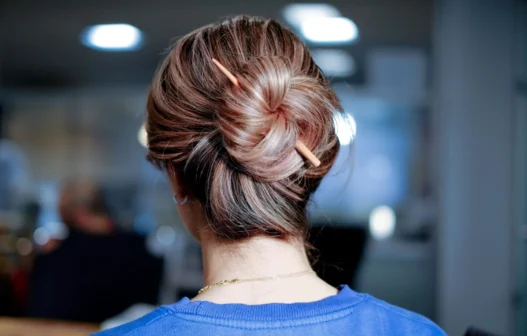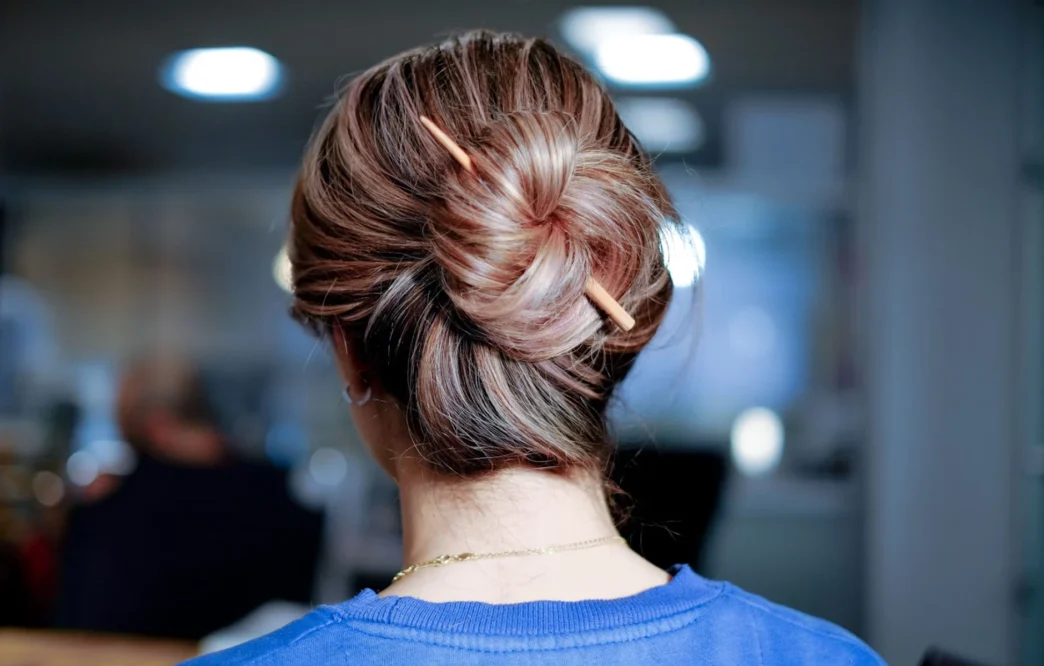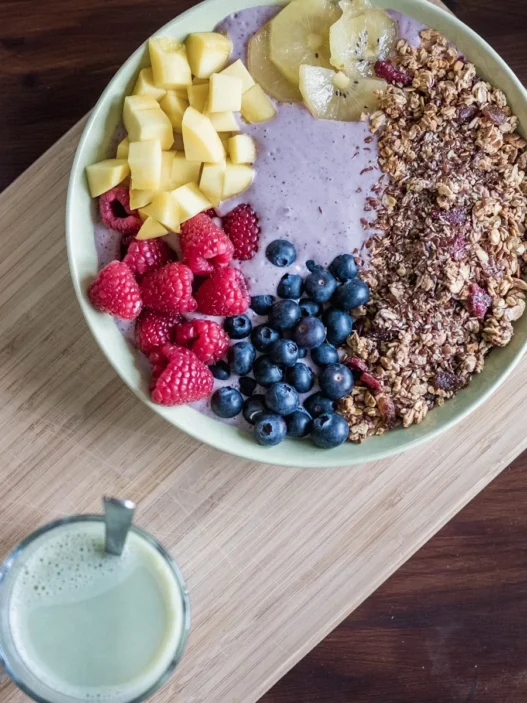Hair thinning affects over 60% of adults in the Middle East by age 35, according to regional dermatologists. With rising pollution, hard water, hormonal stress, and year-round heat, it’s no surprise GCC residents face a unique set of haircare challenges. Unfortunately, social media has made things worse—spreading myths that can delay proper treatment or even cause damage.
Let’s bust the myths and start your journey toward fuller, stronger, healthier hair—one strand at a time.
Busting Popular Myths
Whether you’re noticing more strands on your pillow, a widening part, or excessive shedding in the shower, understanding the root causes of hair loss and choosing the right hair growth solutions is essential for long-term scalp health.
Unfortunately, the market is flooded with products and home remedies that promise instant results—but many of them are not scientifically backed or are inappropriate for certain hair/scalp types (especially in hot and humid Middle Eastern climates).
Myth #1: Coconut Oil Cures All Hair Problems
Coconut oil is often hailed as a miracle remedy for hair, and while it’s an excellent moisturizer and sealant for dry lengths, its application on the scalp is not always beneficial—especially if left unwashed.
In warm, humid climates like those in the Middle East, where fungal scalp conditions such as Malassezia (a common yeast) are prevalent, unwashed coconut oil can clog follicles and create a breeding ground for yeast overgrowth, leading to dandruff, itching, or even hair thinning.
Dermatologists often caution against regular scalp oiling for those prone to seborrheic dermatitis or scalp acne. The key takeaway? Coconut oil is better suited for mid-lengths and ends—not for oily or sensitive scalps. If you’re experiencing persistent flaking or itching, consult a licensed dermatologist before continuing heavy oil routines.
✅ Try This Instead:
- Switch to fragrance-free haircare to avoid further irritating your scalp, such as PAULA’S CHOICE All Over Hair & Body Shampoo for sensitive scalp.
- Avoid leaving heavy oils like coconut oil on your scalp overnight—especially in humid climates. Instead, use rosemary oil diluted in jojoba for light scalp stimulation.
- Cleanse weekly with a sulfate-free, anti-fungal shampoo to prevent buildup and flaking, such as Nizoral Anti-dandruff shampoo.
- For oiliness, use a scalp serum with anti-fungal properties like the Paula’s Choice SKIN PERFECTING 2% BHA Liquid Exfoliant (as a pre-wash scalp treatment).
Myth #2: All Natural Ingredients Promote Hair Growth
In the booming world of DIY beauty, it’s easy to believe that anything natural must be effective—but when it comes to stimulating new hair growth, not all natural ingredients are scientifically backed.
While ingredients like rosemary oil, peppermint oil, caffeine, peptides, and minoxidil have been studied for their potential to extend the anagen (growth) phase of the hair cycle, most other oils—like almond, onion, or rice bran—serve primarily as conditioning agents or moisturizers, not follicle stimulators.
In other words, they nourish existing strands but don’t actually activate dormant follicles or reverse genetic hair loss. For real regrowth, clinically validated actives like minoxidil (approved by health authorities like the FDA) and compounds like Redensyl or Capixyl found in newer serums offer better efficacy.
✅ Try This Instead:
Stick to clinically backed actives like minoxidil, Redensyl, and multi-peptide complexes if you’re aiming for real regrowth. Natural oils like almond or rice bran are great for shine but don’t stimulate follicles.
For actual growth support, try:
- The Ordinary Multi-Peptide Serum for Hair Density
- Wish Care Redensyl + Biotin Hair Growth Serum
- Minimalist 18% Hair Density Serum
Want real hair growth results? Look for products containing minoxidil, Redensyl, or multi-peptide complexes and skip unproven “miracle oils” that may only mask the problem. Use these products consistently on a clean scalp, and expect visible improvement in 3–6 months.
Myth #3: Dermarolling Is Always Better Than Oiling
Dermarolling the scalp with microneedles has gained popularity on social media for enhancing serum absorption and stimulating collagen production. However, without proper technique and sanitation, it can do more harm than good.
Issues like incorrect needle size (above 0.5 mm), poor sterilization, or layering active ingredients improperly (like minoxidil + acids) can result in scalp infections, irritation, or even folliculitis. In contrast, scalp oiling methods—when done correctly—can be safer and more sustainable, especially for those with sensitive or reactive scalps.
Dermarolling should be performed no more than 1–2 times per week, using pharmaceutical-grade rollers that are disinfected thoroughly. It’s most effective when paired with topical growth serums, and never immediately follow with essential oils or alcohol-based products.
✅ Try This Instead:
- If you’re new to dermarolling, start slow. Use a 0.25 mm sterile derma-roller (Kitsch Microneedle Scalp Roller) just once or twice per week.
- Follow it up with a water-based, alcohol-free growth serum like The Ordinary Multi-Peptide Serum or Minimalist 18% Hair Density Serum, never essential oils or acid-based exfoliants post-rolling.
- If you have a sensitive scalp or active scalp conditions, consult a dermatologist before using microneedling tools at home.
Truth Over Trends
While natural remedies and viral hacks might offer temporary satisfaction, hair growth is a medical and biological process, not magic. Understanding what works—and what might harm your scalp—is crucial for long-term results.
Stick to evidence-based products, avoid unproven claims, and always prioritize scalp health and professional advice over trends.





















